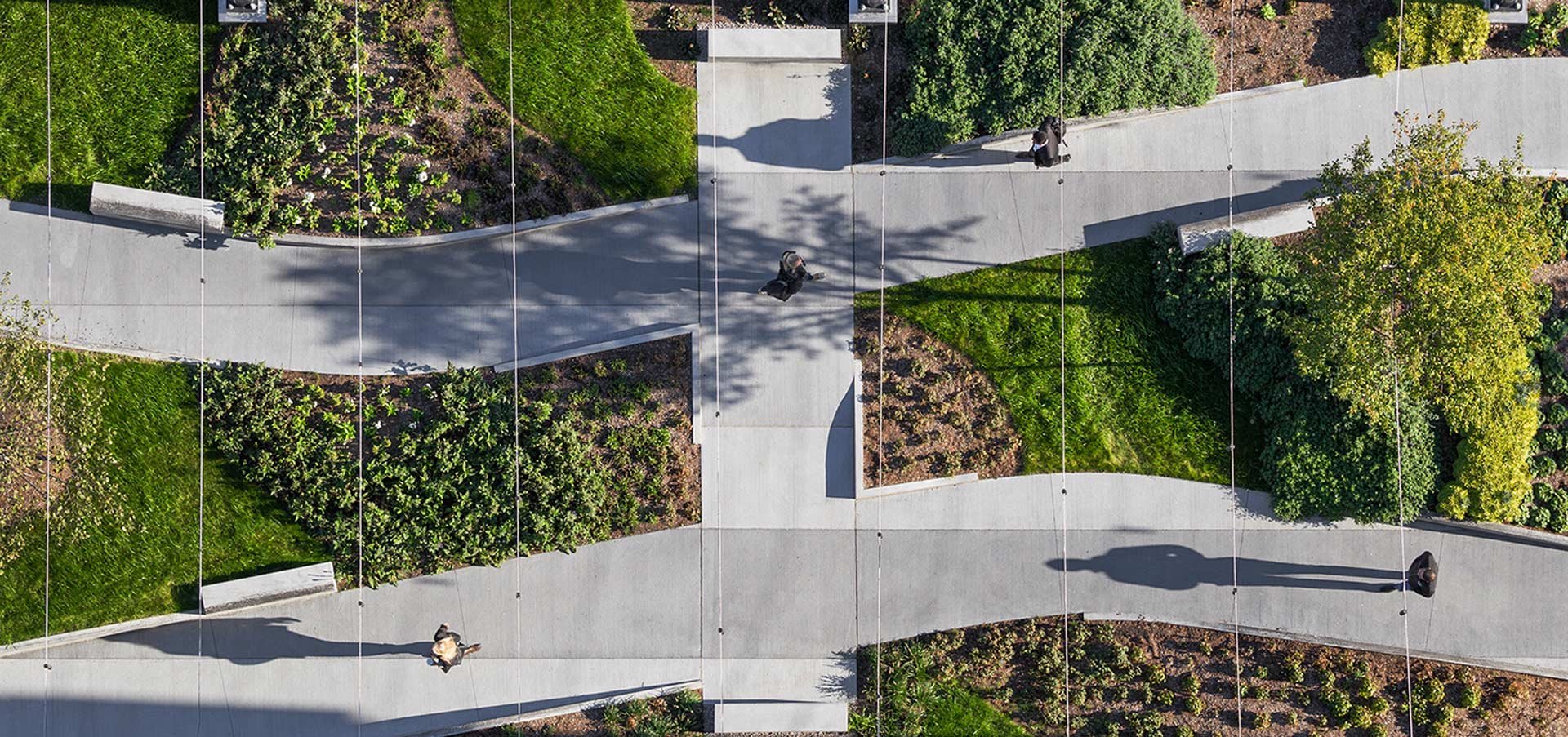DEFINITION OF A SMART CITY
There is an underlying assumption that technology is the key to unlocking the smart solutions our cities most desperately need. A contemporary trend to these solutions is to add a layer of complexity and call them “smart”. But this only furthers the destructive results of climate change, since it moves us away from the actual solutions. Urban planning may be the single most important way to reduce fossil fuel pollution and consumption.
Effective urban design - density, walkability, socially and economically diverse eco-districts, car-free spaces, and efficient, clean energy public transportation - is the foundation.
Then comes technology around renewable and distributed energy, while designing buildings that are incredibly energy efficient, prefabricated, and decarbonized. These buildings are less expensive to maintain and operate and can be a key component of low-carbon living in high-quality neighborhoods.
In summary, almost every smart solution promoted is fixing a problem that could be solved in a simpler, low-tech way. It is possible to weave ancient wisdom of how to live symbiotically with nature into how we shape the cities of the future. We can rewild our urban landscapes, and apply low-tech eco solutions to drainage, wastewater treatment, flood survival, local agriculture, and pollution that have worked for indigenous peoples for aeons, with no need for electronic sensors, computer servers, or IT support.
Instead of "Smart Cities" we should use "Socially, Environmentally and Financially Sustainable" Cities.









SMART CITIES AND CAMPUSES
A smart campus uses advanced network infrastructure and internet-connected devices to provide supportive and engaging experiences. It joins people, devices, and applications and allows universities to make insight-driven decisions to improve security and maximize resources.










